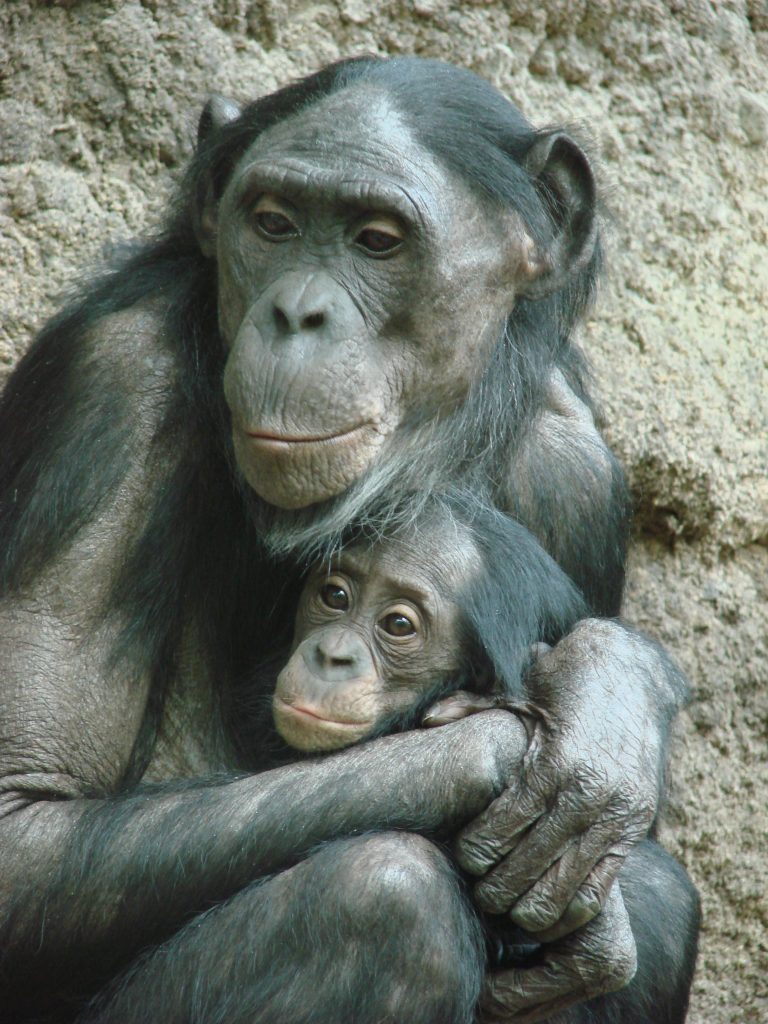
Recent research shows that adolescent growth spurts in body length and weight occur in various primate species, not just humans, and suggests that previous misunderstandings were due to methodological errors. Above is a bonobo mother with an infant. Credit: Verena Behringer
Growth spurts during puberty are not unique in evolutionary terms.
Up to this point, it has been widely agreed that the growth spurt in body length during human adolescence is a unique evolutionary feature not present in other primates. However, a recent study published in the journal eLife indicates that many primate species, including humans, actually experience a growth spurt in body weight during adolescence. The study suggests that the discrepancy may arise from methodological issues.
Mind the scale…
In their scientific work, the researchers used three approaches: They first outlined how scaling problems and incorrect comparisons between growth rates of body length (linear) and weight (volume) can lead to misleading interpretations, effectively comparing apples to oranges.

Bonobos’ body growth was determined by measuring forearm lengths in a Plexiglas tube. Credit: Jeroen MG Stevens
… leads to correct results
Subsequently, the research team applied a scale-corrected approach to an extensive dataset of 258 zoo-living bonobos. These data included weight and length growth, as well as several physiological markers related to growth and puberty. “We found pronounced growth spurts in body weight and body length in both sexes.
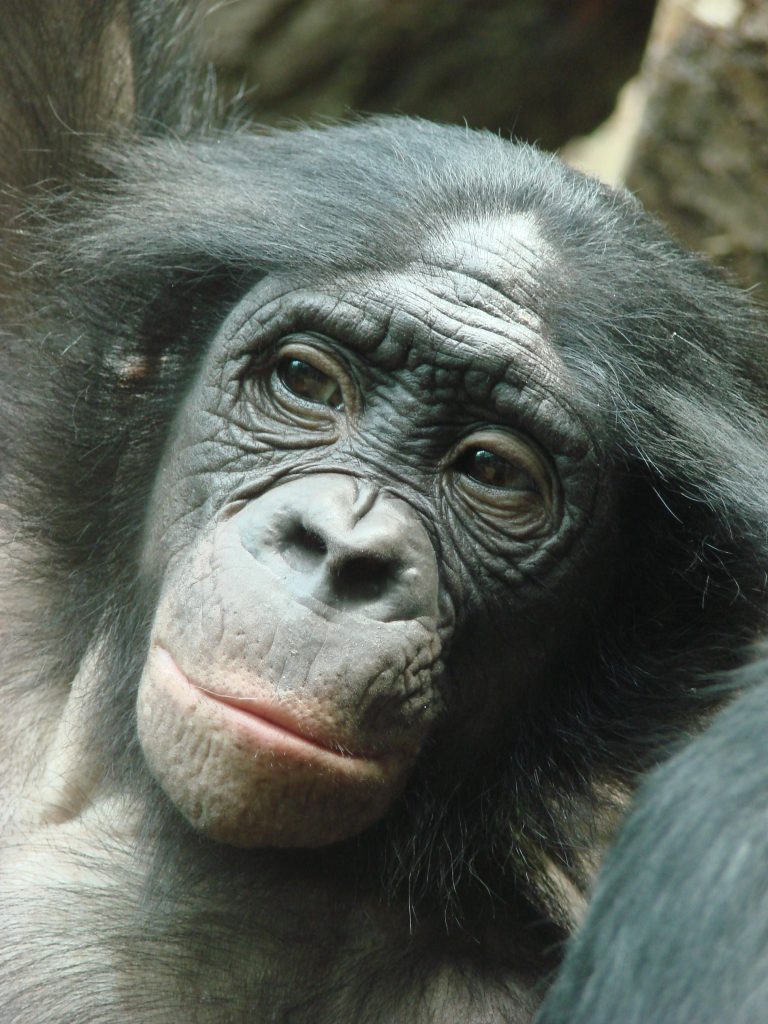
An adolescent female bonobo. Credit: Verena Behringer
Weight and length growth curves corresponded with each other and with patterns of testosterone and IGFBP-3 levels that resemble adolescent hormone surges in humans,” says first author Andreas Berghänel from the Konrad Lorenz Institute of Ethology (KLIVV) at the University of Veterinary Medicine about the results.
Re-interpretation of studies provides different insights
In a third step, data published in other studies on non-human primates were reinterpreted. The results showed that adolescent growth spurt in weight and length occurs not only in bonobos but very likely also in other monkeys.
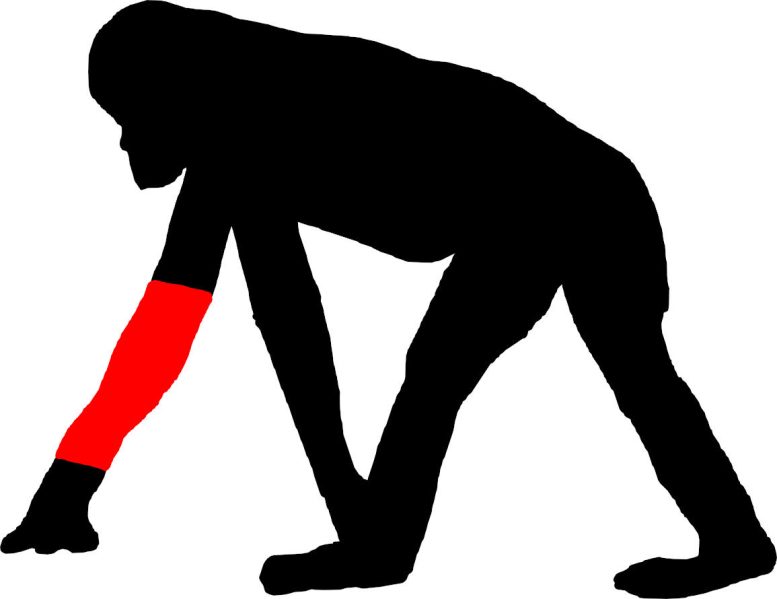
Silhouette of a bonobo. The area marked in red on the forearm was measured. Credit: Verena Behringer
“Our results underline the importance of taking scaling laws into account when interpreting growth curves in general,” summarizes Verena Behringer, a scientist in the Endocrinology Laboratory at the German Primate Center and senior author of the publication. “Furthermore, our data show that pronounced, human-like adolescent growth spurts in body weight and body length exist not only in bonobos but probably also in many other non-human primates.”
Reference: “Adolescent length growth spurts in bonobos and other primates: Mind the scale” by Andreas Berghänel, Jeroen M.G. Stevens, Gottfried Hohmann, Tobias Deschner and Verena Behringer, 29 June 2023, eLife.
DOI: 10.7554/eLife.86635.1
The study was conducted in cooperation with researchers from Odisee University of Applied Sciences, Antwerp Zoo Centre for Research and Conservation, the Antwerp University, the Max Planck Institutes for Evolutionary Anthropology and for Animal Behaviour, and the Institute of Cognitive Science at the University of Osnabrück. In addition, 19 zoos provided their data and contributed significantly to the success of the study.

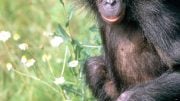
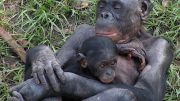

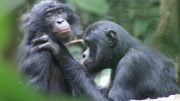
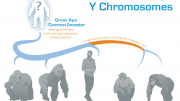
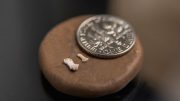
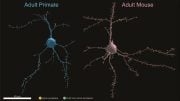
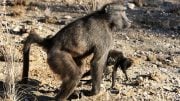
Be the first to comment on "Debunking the Myth: The Human Adolescent Growth Spurt Isn’t Unique After All"